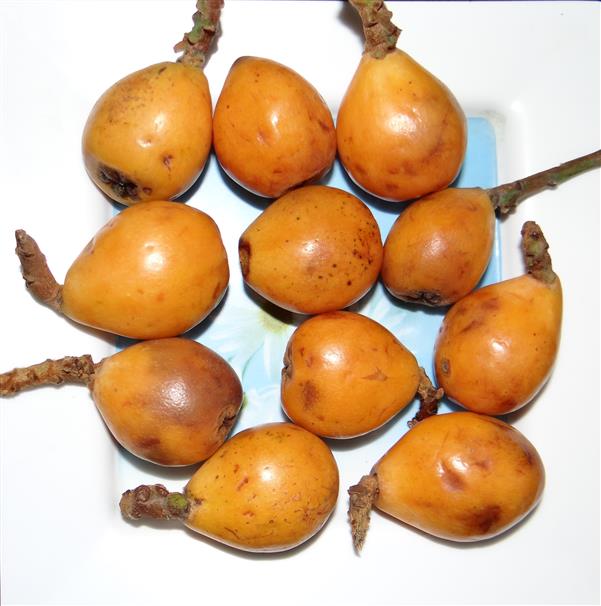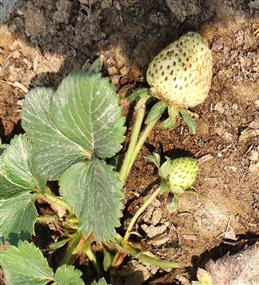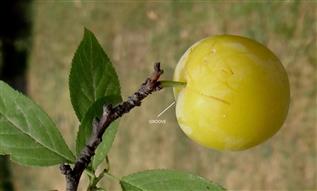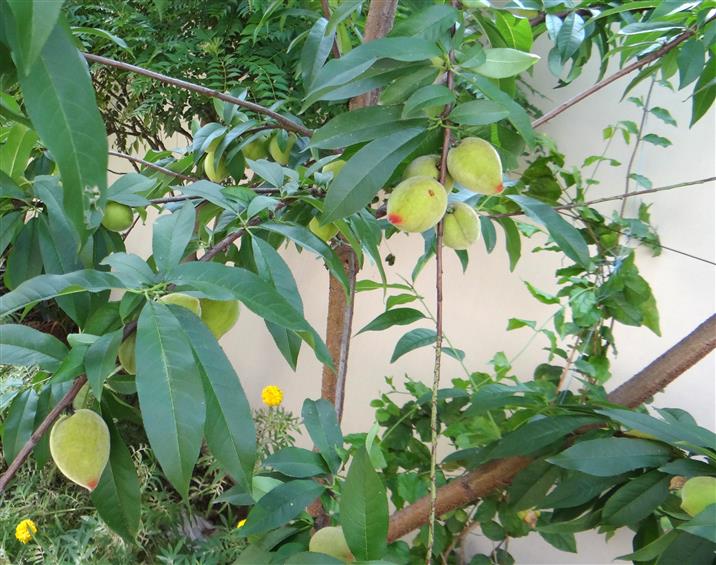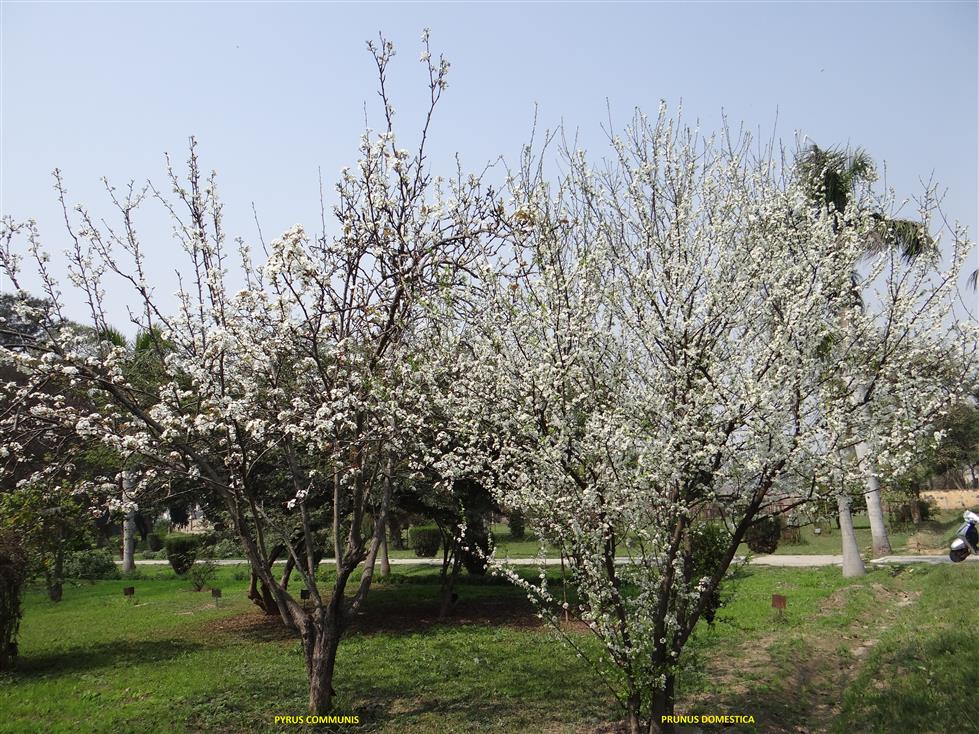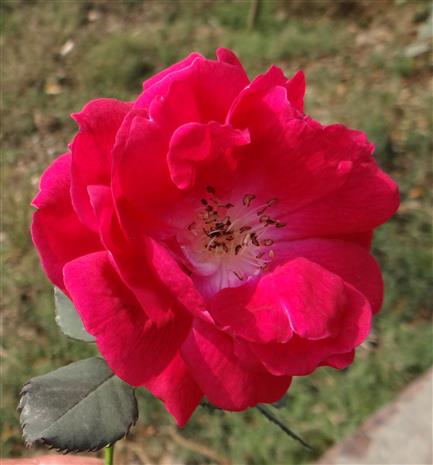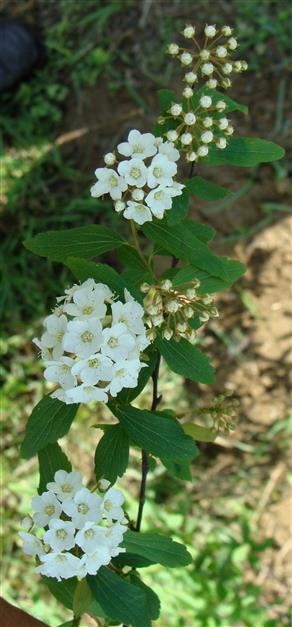ROSACEAE
Trees, shrubs or herbs; deciduous or evergreen. Stem erect, scandent, arching, prostrate or creeping; armed or unarmed. Leaves usually alternate, simple or palmately compound; stipules paired, free or adnate to petiole, rarely absent, persistent or deciduous; petiole usually 2 glandular apically; leaf blade often serrate at margin, rarely entire. Inflorescence various, from solitary to umbellate, corymbose, racemose or cymose paniculate. Flowers usually actinomorphic, bisexual, rarely unisexual and then plants dioecious, usually 5-merous, hypogynous, perigynous or epigynous. Hypanthium usually very conspicuous, flat to hemispheric, cylindric, funnelform, urceolate, campanulate. Disc lining hypanthium usually entire, rarely lobed (or disc present on rim of hypanthium). Sepals (4-)5, free, imbricate, mostly borne on hypanthium; epicalyx often present outside calyx. Petals 4 or 5, (many in double ornamentals), inserted below the margin of disc, free, imbricate, rarely wanting. Stamens 4 to numerous, always in a complete ring at margin of or above disc; filaments usually free, very rarely connate, incurved in bud; anthers small, bi- or monothecous, dehiscence longitudinal. Carpels 1 to many, free or +/- connate, adnate to inner surface of cupulate receptacle; ovary inferior to superior, ovules usually 2 in each carpel, rarely 1 to several, superposed; styles as many as carpels, terminal, lateral or basal, free or sometimes connate; stigmas capitate. Fruit diverse, simple or aggregated follicle, pome, achene, drupe, rarely a capsule, naked or enclosed in persistent hypanthium, sometimes by sepals. Seeds 1 to several in each carpel or locule; erect or pendulous, sometimes winged, usually ex albuminous.
110 genera and 4820 species
